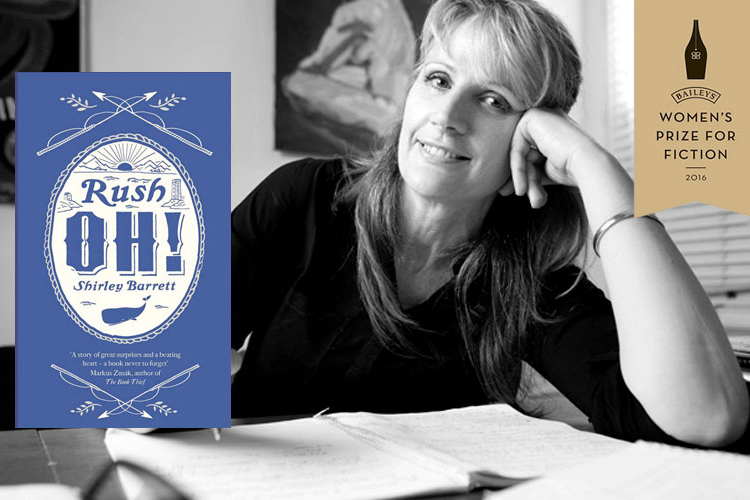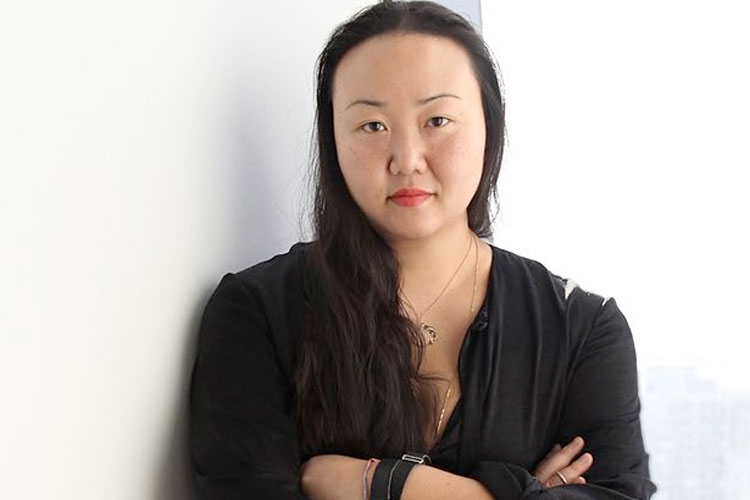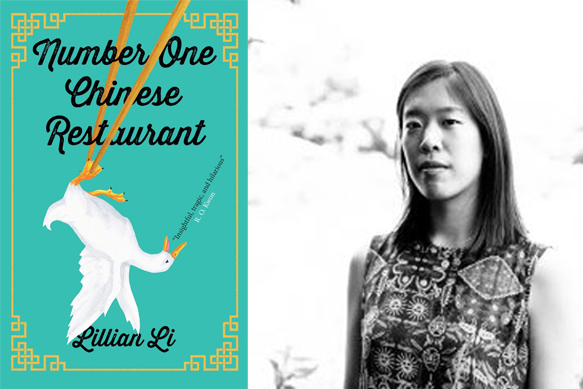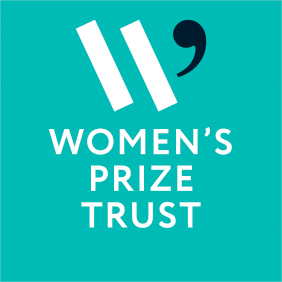From the Women’s Prize Archives.
Ahead of the Baileys Women’s Prize for Fiction shortlist announcement on Monday, we caught up with Shirley Barrett, longlisted for whaling epic Rush Oh! Read on to find out about how Rush Oh! began life as a feature film and why the whaling industry hooked Shirley’s interest.
How did your work as a Camera D’Or winning scriptwriter inform your debut novel?
Rush Oh! started out as a feature film script, actually, and after a few years trying to get it made, I gave up. I guess the movie industry just wasn’t ready for a romantic comedy set against a backdrop of whale slaughter. But I loved the world so much, I decided to have a bash at writing it as a novel. I was a bit trepidatious because screenwriter-turned-author feels a bit like model-turned-actress i.e. no one expects you to be any good at it. And it did take me awhile to get the hang of it. At the same time, a screen writing background is not without its benefits. It teaches you to think visually, which is a useful skill.
Why did you decide to theme your novel around the whaling industry?
Whaling is such a turn off as subject matter that really no one in their right mind (Melville excepted, obviously) would choose to theme their novel around it. But in this case, the true story on which Rush Oh! is based was to me irresistible. A pod of killer whales, each known to the whalers by name (Tom, Hooky, Humpy, Jackson etc), returned to Eden each year to assist the whalers in the whale chase. I love an animal story, and the more I read about these killer whales and the whalers’ affection for them, the more I wanted to write about that world.
Did you do any particular research to enable you to write the book?
Eden, on the New South Wales South Coast, is very proud of its unique history and has a wonderful museum where Tom’s skeleton is on display. That was my first port of call, along with the picturesque Davidsons’ cottage, which is preserved by the National Parks. But it was only when I delved into the archives of the Eden newspapers of the time that the world really sprang to life for me. There was so much glorious detail, not only of the whale chases but of the colourful life of the town. I spent many happy hours in the State Library of New South Wales, poring over the microfilm.
Do you have a particular place where you like to write?
I usually write at the dining room table, which unfortunately provides a little too easy access to the fridge. But my youngest daughter has headed off backpacking, so now I have taken over her room. Often my cat Poppy sits alongside me. She has a way of staring contemptuously at what I’ve written which forces me to try do better. It’s like having a plump furry literary critic sitting at your shoulder.
When writing Rush Oh! were you particularly inspired by any other authors’ work?
Barbara Pym is a big inspiration to me. I love her wry observation, her attention to the small details of life, the small hurts and joys and irritations. I re-read her regularly.








